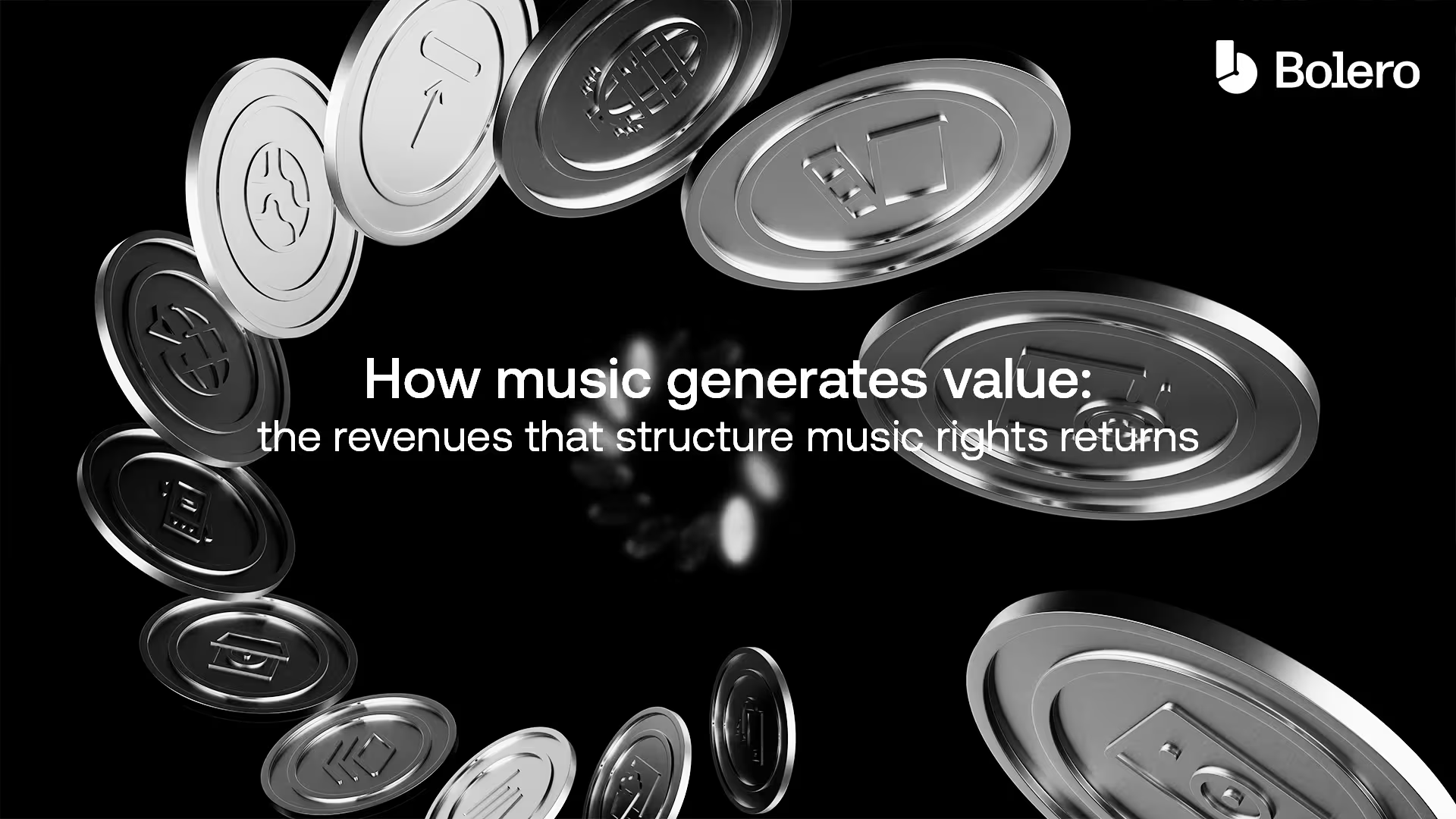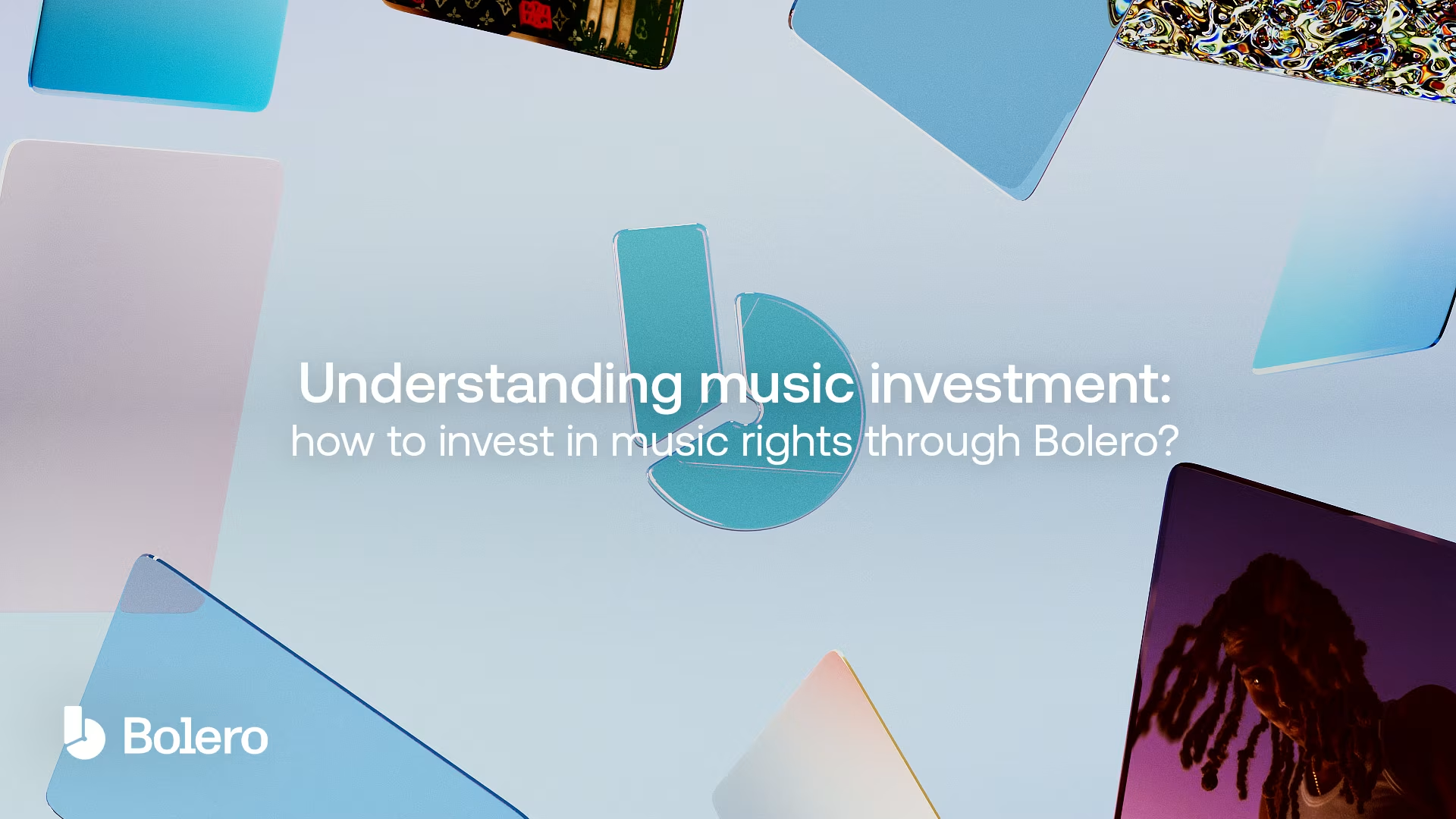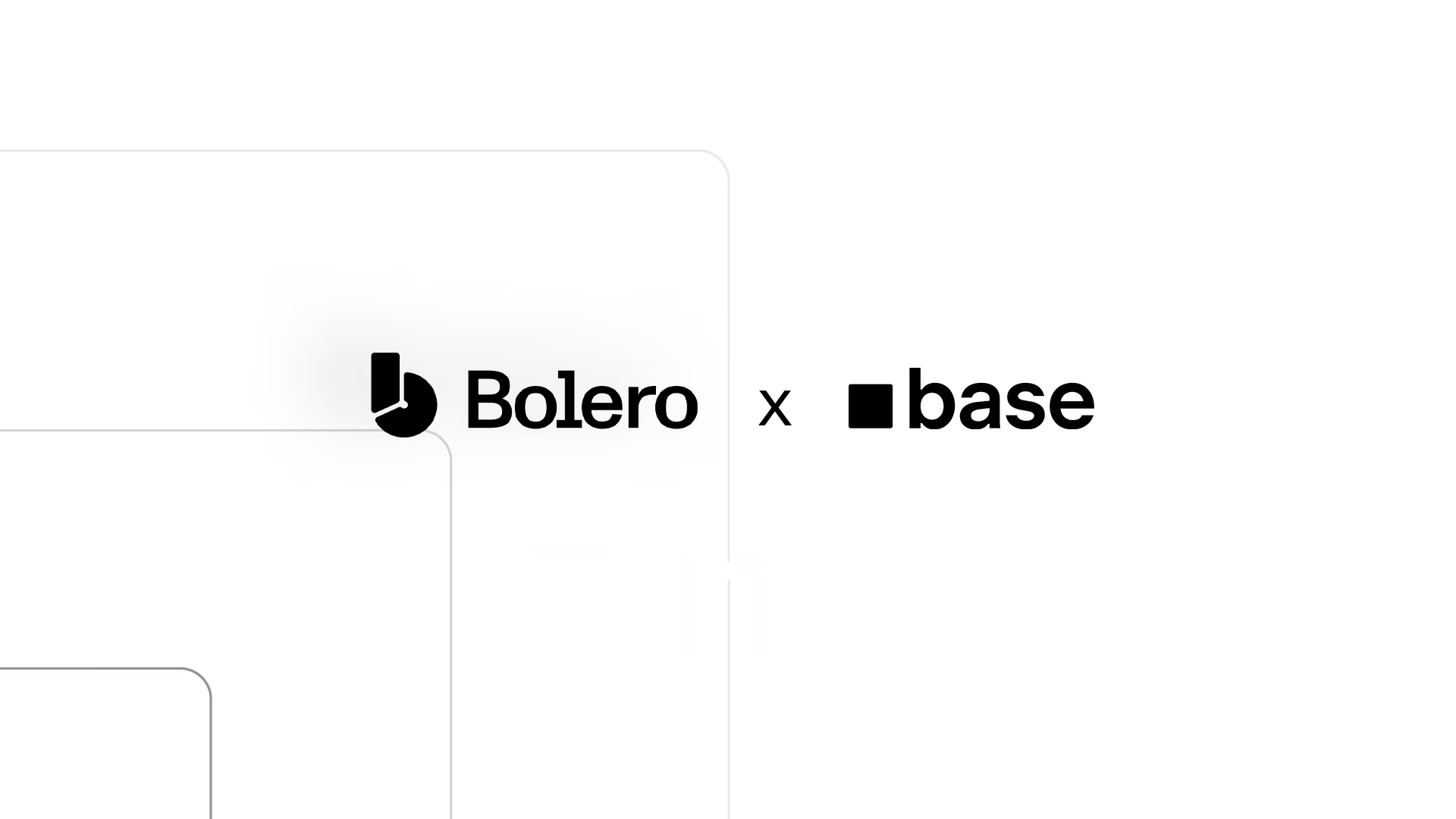The music rights market is experiencing rapid growth, offering investors an attractive alternative to diversify their portfolios and achieve appealing returns. With both opportunities and risks at hand, understanding the mechanisms of investment in music assets is essential. This article decodes the available options, including holdings, securitisation funds, and tokenization.
1. Direct Investments: Holdings and Securitisation Funds
Direct acquisitions of music assets are primarily conducted by alternative investment funds and holdings specialised in intellectual property rights. These structures acquire entire catalogs of songs or copyrights, generating income through royalties, licences, and audiovisual synchronisation. Hipgnosis Songs Fund, for instance, raised over £1.05 billion since its IPO in 2018 and entered the FTSE 250 index, marking a significant achievement on the London market.
This company invests in popular catalogs, ensuring a steady revenue stream for its investors, with returns distributed as dividends. Hipgnosis Songs Fund has acquired iconic catalogs from artists like Neil Young, Justin Bieber, Shakira, and the Red Hot Chili Peppers. In July 2024, the company was acquired by Blackstone for $1.6 billion, leading to its delisting from the London Stock Exchange.
Securitisation funds, through structures known as SPVs (Special Purpose Vehicles), also allow investors to capitalise on diversified music catalogs. American company SESAC, for example, has launched multiple securitisation series since 2019, and the Crescendo Royalty Funding fund securitised a music rights catalog valued at $467.4 million in 2021. This type of investment allows holders of financial securities to benefit from regular income, even in fluctuating economic markets, thereby strengthening portfolio resilience.
2. Indirect Investments: Private Equity and Tokenization
Beyond direct acquisitions, investors also turn to private equity to partner with music publishing or rights management companies. This strategy, more common in North America and the United Kingdom, enables investment funds to incorporate music revenues within a private equity framework. In 2021, KKR & Co. Inc. and Dundee Partners LLP completed a $1.1 billion acquisition for 62,000 publishing rights, highlighting major funds’ growing interest in the music sector.
Tokenisation, on the other hand, is an innovative solution for fractionalizing music rights and facilitating their exchange via blockchain. In Europe, Bolero has taken a pioneering role by offering Catalog Shares and Song Shares, digital assets tied to income from songs and works across more than 15 revenue streams. This model opens new perspectives in liquidity and traceability while enhancing copyright protection for artists.
3. Investment at the production stage (upstream), or during exploitation (downstream)
Established companies in the sector such as Universal Music Group, Sony Music Entertainment and Warner Music Group tend to invest in music directly through their production channels. Even if some deals have taken place years after the production of musical projects (e.g. Sony Music Entertainment's purchase of Michael Jackson's catalogue in 2024), these companies prefer to create the rights, contribute to their production, and extract maximum profits in the process.
Indeed, music rights are an essential commodity for them to operate, prosper and generate revenue.
These companies, also known as the Majors, take advantage of their direct collaborations with artists, songwriters and publishers to acquire complete music rights catalogues, or shares in catalogues.
In return, the Major undertakes to develop these catalogues, invest resources in their exploitation, and promote the works and/or artists covered by these catalogues.
Why invest in Music with Bolero?
Bolero stands out with its innovative and transparent infrastructure tailored for investors seeking diversification and returns. Leveraging blockchain technology, Bolero ensures reliable royalty management and provides access to a secondary market, allowing investors to sell their assets with flexibility.
In a context where annual returns on music rights range between 9% and 12%, Bolero positions itself as a strategic choice for those looking to integrate music assets into their portfolios without compromising on security or traceability.










